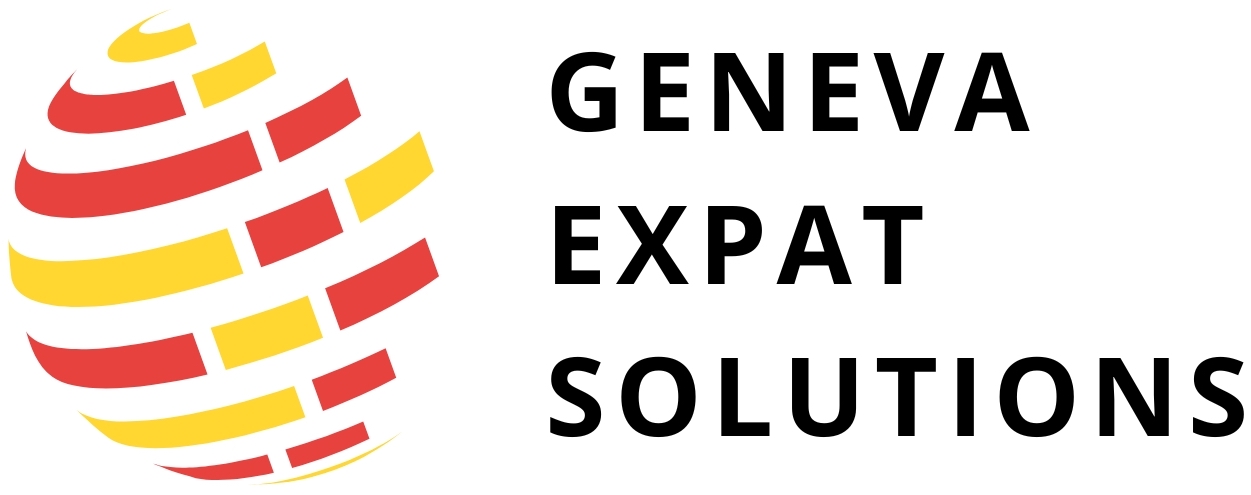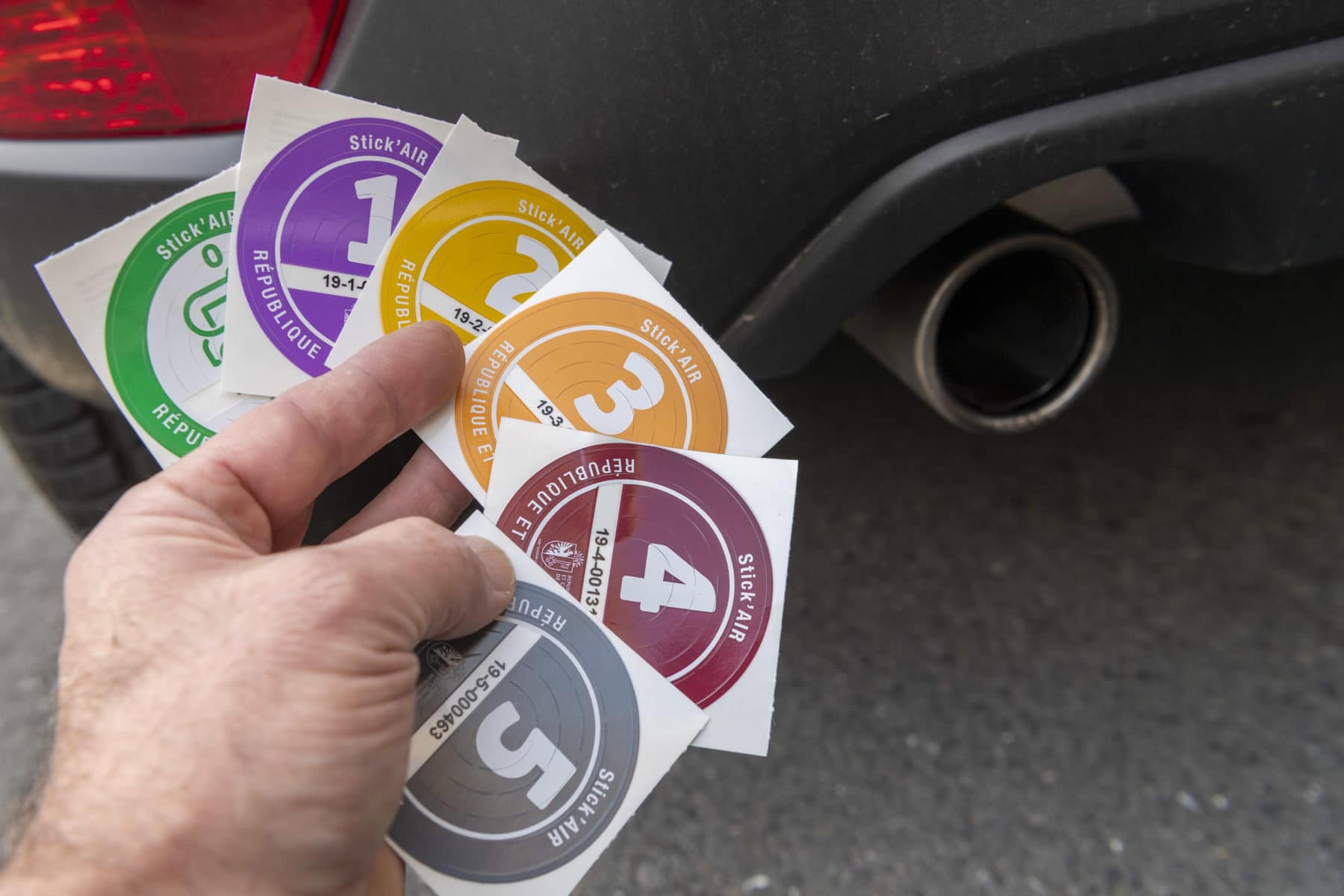When arriving in Switzerland, one of the first practical questions is how to pay for everyday expenses.
While both cards and cash are widely used, the balance between the two can feel different compared to other countries. Understanding local habits can help you avoid surprises when shopping, dining, or handling daily transactions.
Card payments
Cards are accepted in most shops, restaurants, and service providers. Contactless payments are widely available, whether with a physical card, a mobile wallet, or TWINT. Debit cards linked to Swiss bank accounts are often the most convenient for residents, as they have lower fees than foreign credit cards. Mastercard and Visa are widely accepted, while American Express is less commonly used.
- Many small shops and cafés have a minimum amount for card payments (typically around 10 CHF), and some do not accept cards at all.
- Foreign cards are usually accepted, but conversion fees may apply.
- Public transport tickets can be purchased with cards at machines (or via the SBB app), though having a backup payment option is advisable in case of technical issues.
Cash use
Switzerland remains a country where cash is still part of daily life.
The Swiss franc is available in a wide range of denominations, from coins for small purchases to larger banknotes (0.05 to 1000 CHF). Many locals appreciate the reliability of cash and use it for budgeting or quick transactions.
- Local markets and small independent shops.
- Rural areas where card terminals may not always be available.
- Shared expenses with friends, where cash can be more practical.
Balancing both options
For daily life, it is useful to carry both a card and some cash. While cards cover most situations, cash ensures you are prepared for the few moments where electronic payments are not accepted.
This balance reflects the Swiss preference for practicality and reliability in financial matters.
Looking for personalized guidance?
I’m here to provide expert guidance and help you find the answers, starting at just 30 CHF.






